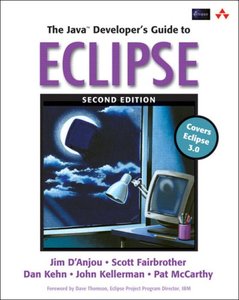Predicting User Performance and Errors: Automated Usability Evaluation Through Computational Introspection of Model-Based User Interfaces (T-Labs Series in Telecommunication Services)
暫譯: 預測使用者表現與錯誤:透過模型基礎使用者介面的計算內省進行自動化可用性評估 (T-Labs 電信服務系列)
Marc Halbrügge
相關主題
商品描述
In order to achieve this, cognitive processes that link UI properties to usability aspects like effectiveness (user error) and efficiency (task completion time) are established empirically, are explained through cognitive modeling, and are validated in the course of this treatise. In the case of user error, the book develops an extended model of sequential action control based on the Memory for Goals theory and it is confirmed in different behavioral domains and experimental paradigms.
This new model of user cognition and behavior is implemented using the MeMo workbench and integrated with the model-based application framework MASP in order to provide automated usability predictions from early software development stages on. Finally, the validity of the resulting integrated system is confirmed by empirical data from a new application, eliciting unexpected behavioral patterns.
商品描述(中文翻譯)
本書提出將認知模型與基於模型的使用者介面開發結合,以解決針對多種設備類型(例如桌上型電腦、智慧型手機、智慧電視)同時維持應用程式可用性問題。基於模型的應用程式提供有關使用者介面(UI)元素的有趣元資訊,這些資訊可以通過計算內省來獲取。認知使用者模型可以利用這些元資訊,提供對正在開發的應用程式未來人類使用者互動行為的改進預測。
為了實現這一目標,建立了將使用者介面屬性與可用性方面(如有效性(使用者錯誤)和效率(任務完成時間))聯繫起來的認知過程,這些過程是經過實證的,並通過認知建模進行解釋,並在本論文中進行驗證。在使用者錯誤的情況下,本書基於目標記憶理論發展了一個擴展的序列行動控制模型,並在不同的行為領域和實驗範式中得到了確認。
這個新的使用者認知和行為模型使用 MeMo 工作台實現,並與基於模型的應用程式框架 MASP 整合,以便從早期軟體開發階段開始提供自動化的可用性預測。最後,通過來自一個新應用程式的實證數據確認了所得到的整合系統的有效性,並引發了意想不到的行為模式。












